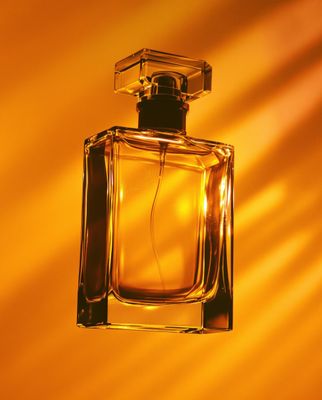Everything about the color Tangerine
The meaning of the color tangerine and color combinations to inspire your next creation.
Browse images in the color tangerine
What color is tangerine?
Tangerine is a vibrant, warm shade of orange that captures the lively and energetic essence of its namesake fruit. It is often associated with enthusiasm and creativity.
What are similar colors to tangerine?
For variations within the same bright and lively spectrum as tangerine, consider:
- Coral (#FF7F50) shares tangerine's warm, orange hue but with a slightly pinkish undertone, offering a softer, more delicate feel.
- Amber (#FFBF00) is close to tangerine with its golden-orange tone, adding a rich, warm glow to the palette.
- Peach (#FFE5B4) complements tangerine's brightness with a softer, more pastel-like shade, providing a gentle contrast.
What color goes with tangerine?
To complement tangerine's vibrant tones, consider pairing it with:
- Teal (#008080) offers a cool, refreshing contrast that balances the warmth of tangerine.
- Lavender (#E6E6FA) adds a touch of elegance with its soothing, purple-tinged hue.
- Sage (#BCB88A) provides a calming, earthy balance that pairs well with the energetic nature of tangerine.
What color conflicts with tangerine?
To avoid clashing with tangerine's vibrant energy, consider avoiding:
- Burgundy (#800020) can overpower tangerine's brightness with its deep, rich tone.
- Black (#000000) may create too stark a contrast, overshadowing tangerine's lively character.
- Gray (#808080) could dull the vibrancy of tangerine, making it appear less lively.
What does the color tangerine represent?
Tangerine represents enthusiasm, creativity, and warmth, often evoking feelings of happiness and excitement. It symbolizes adventure and spontaneity, encouraging exploration and new experiences. In psychology, tangerine is associated with energy and stimulation, often used to inspire action and motivation. It can also promote social interaction and communication. In art and design, tangerine adds a bold, eye-catching element, making it ideal for creating focal points and drawing attention. Its vibrant hue is often used to convey a sense of modernity and innovation.
What's the history of tangerine?
The name "tangerine" originates from the fruit, which was first imported to Europe from Tangier, Morocco, in the 19th century. The color was named after the fruit due to its similar bright orange hue. Tangerine became popular in fashion and design during the 1960s and 1970s, reflecting the era's bold and vibrant aesthetic. In modern times, tangerine is widely used in branding and marketing to convey energy and enthusiasm.
Color Variations
Shades
Tints
Hues
Color Palettes
Monochromatic
Complementary
Analogous
Triadic
Tetradic
Images with tangerine color
Color Conversions
#F28500rgb(242, 133, 0)rgb(95%, 52%, 0%)0, 45, 100, 5hsl(33, 100%, 47%)33, 100, 95#F2850066, 35, 7345, 36, 566, 81, 6411110010, 10000101, 00000000Color(red: 0.9490196078431372, green: 0.5215686274509804, blue: 0)UIColor(red: 0.9490196078431372, green: 0.5215686274509804, blue: 0, alpha: 1.0)Color(0xFFF28500)










